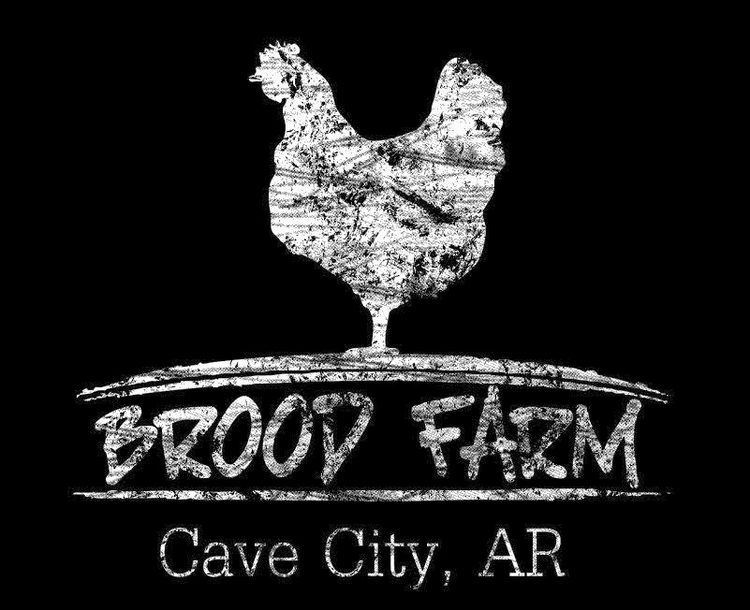I grow cilantro in the garden for use in salsa.
But, the cilantro is enormous and about to go to seed.
Meanwhile, the tomatoes have yet to set any fruit.
And, I grow dill for use in pickles (and if I'm being honest, because fresh dill is one of my favorite smells ever and I've been known to just go dunk my head into the plants and take a few deep breaths before moving on with my garden work).
But, the cucumber plants (in the far left row), are still squatty little guys.
What to do?
Dry the herbs to save for later use, once the tomatoes, peppers, and cucumbers are ready.
Last year, I hung herbs to dry, which is a completely acceptable way to go about it. I read, though, that using a dehydrator is the prefered method because the more speedy drying time preserves more of the flavor. So, out comes my handy-dandy dehydrator (for being what I think is the the cheapest kitchen appliance we own, this thing is proving to be quite useful!).
Here, I have the cilantro leaves, ready to be dehydrated. Eventually, the leaves need to be separated from the stems, and I find it easier to do this work on the front end before everything is so brittle and more difficult to handle.
Unlike the cilantro, I allowed the dill to overlap a bit.
Dehydration only took a few hours (and made the entire house smell great!). Once finished, I dumped the brittle leaves into a big bowl . . .
. . . and crushed them up into tiny flakes by grinding them between my fingers -- this was definitely the most fun part. :)
For storage, I poured them into jelly jars with air-tight lids and placed them in the pantry to wait patiently for the tomatoes, peppers, and cucumbers to grow.
Problem solved!

















































